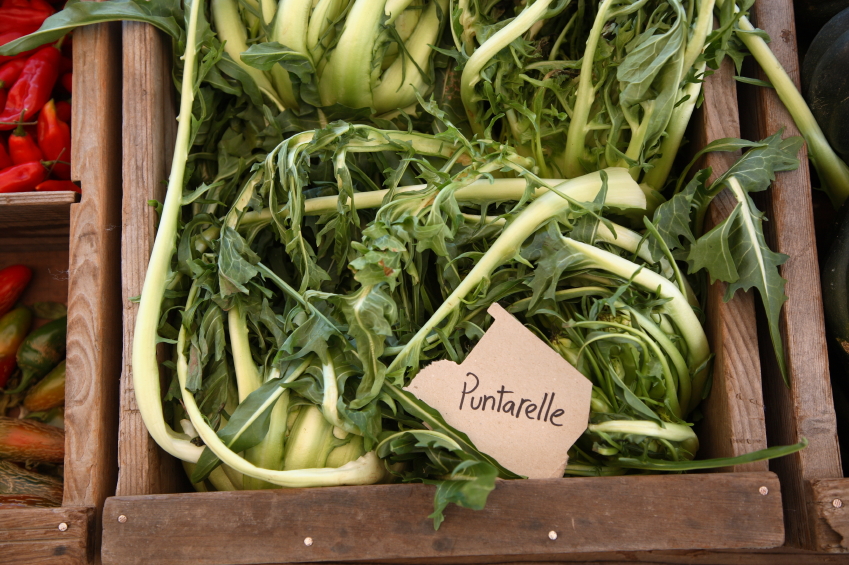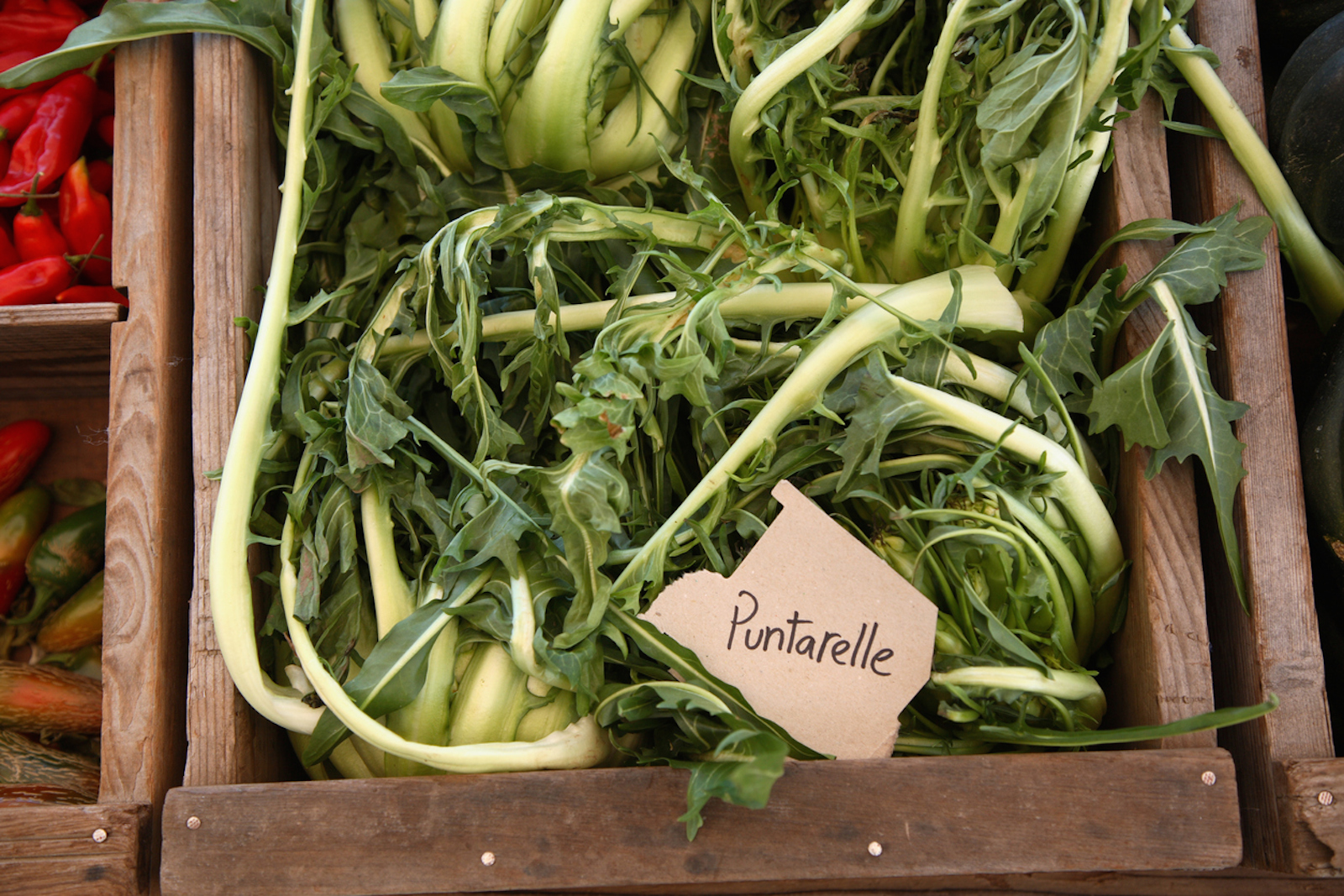Tips for cleaning and cooking chicory, chicory sprouts, a typical dish of Roman cuisine
Puntarelle are the buds of a type of chicory called catalonia. A little-used vegetable in the north, it is very widespread in central and southern Italy, especially in Lazio, where it is considered a typical dish. In appearance the puntarelle appear as a head of leaves with many florets, from the green color, lighter towards the base, more intense towards the tips of the leaves. With a slightly bitter taste, they are often served in salads and accompanied by an emulsion of oil and anchovies. Easy to prepare, they only require a little time for cleaning.
How to clean them
To clean them, it is necessary to cut the head off at the base, free each top from the leaves and remove the harder part of the stem. At this point the puntarelle should be cut in half lengthwise and then gradually into thinner strips. The leaves should not be thrown away because they can be eaten cooked, as a side dish or as a filling for a savory pie.
A puntarella a day …
Puntarelle are a food with countless beneficial faculties. They are rich in vitamin A, phosphorus and calcium. They have a purifying and diuretic effect and are indicated for a detoxifying diet. Like many vegetables, if eaten raw they maintain all their nutritional properties unaltered. Their bitter taste helps digestion and helps stimulate blood circulation.
How they are preserved
The puntarelle are kept in the fridge, cut and cleaned, for two or three days. The ideal would be to consume them immediately after the purchase in order not to make them lose the crunchiness typical of this vegetable. Once seasoned it is better not to keep them: they soften and take on all the seasoning oil.


